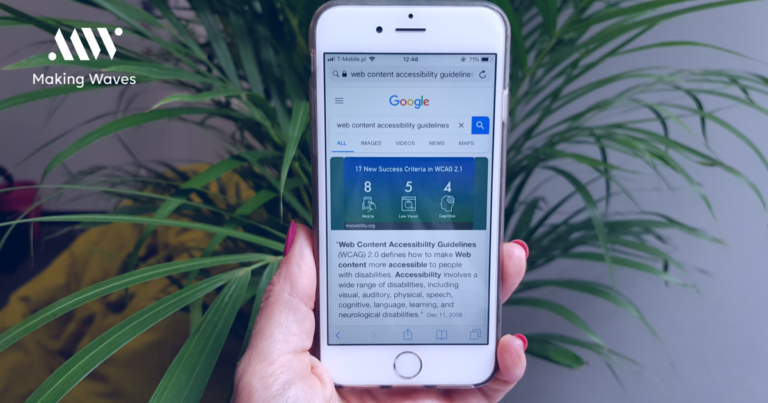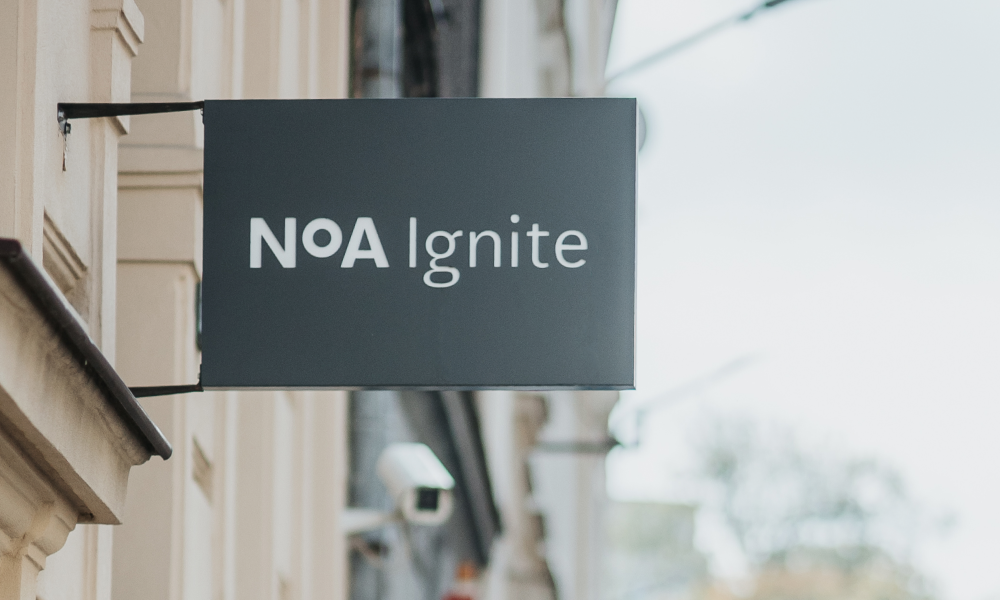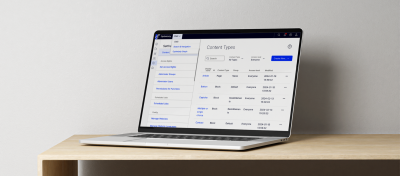We live in an era of rapid digitalization. New web pages, tools and systems that make our lives easier are created every day. Recently, we've seen a lot of attention on user experience (UX). This is great, but can we be sure that our digital products are truly inclusive and accessible? How can we ensure that our solutions do not exclude certain groups of people?
Several current initiatives aim to impose accessibility requirements and guidelines, or provide a legal foundation. The Web Accessibility Initiative (WAI) is a great example. The goal of this initiative is to increase the understanding of website accessibility.
80 million users affected
Many of us probably think that accessibility is primarily for people with hearing and visual impairments. This is certainly a big group – according to research by Fundacja Widzialni, 23% of people in Poland have some kind of disability. But there's more to web accessibility than disabilities. What if we count elderly people, mobile device users, internet newbies, people of different nationalities with varied language skills, and users of legacy systems? Fundacja Widzialni reports that these groups increase the number affected to up to 80 million users in the European Union.
WAI is fighting for equal rights for everyone who uses the internet, not just people with disabilities. Many websites do not support the specialised surf devices service used by disabled people. Other issues include slow internet connections, portable devices (for example PDAs and mobile phones), and old computers with low resolutions and text browsers. It's surprisingly easy to omit these factors and leave large groups of people behind.
Legal requirements
In some countries, it is a legal requirement that public websites are fully accessible. Norway is one of the precursors for accessibility of public websites. In Norway, private businesses are now also required to follow accessibility guidelines. They are supported by UK, Australia, Switzerland and USA. These countries all work on accessibility laws for both the public and the private sector.
Accessibility training
NoA Ignite has delivered projects where accessibility was a major customer requirement. Check out our case study for MatPrat for an example.
Still, many digital project briefs do not include accessibility requirements. This is confirmed by our Chief Architect Miroslaw:
“Our customers rarely ask us to deliver fully accessible products. That's a pity as accessible solutions appeal to a broader target audience and increase revenue for our customers. We often need to educate them on the possible benefits.”
Following the web content accessibility guidelines (WCAG) brings benefits even if they are only used partially. Good contrast settings can facilitate reading on mobile devices in sunlight. Using correct structure of the HTML markup improves SEO. These areas are definitely worth a deeper look.
Recently, some of our employees attended accessibility training. The training helped them to stay up to date with recent requirements and make sure we can support our customers.
A real eye-opener
The training sessions provided by Fundacja Widzialni definitely broadened our knowledge. We learnt how to create accessible websites and how to test existing sites for accessibility. One of the training sessions was held by a trainer who is disabled himself. This was a real eye-opener. Our front-end developer Katarzyna was surprised to find out how many websites are difficult to navigate for visually impaired people who use screen readers:
”When we tried to use the reader for navigation, we were totally confused. We didn’t know where we were on the website and we couldn’t find the information we wanted. Not to mention that it was impossible to fill in the forms!”
Our front-end developer Natalia requested and organised the training. She underlines the value of being guided by a disabled trainer:
”I will never forget this session, and I am so motivated to fully follow the WCAG standards now. Not just because of legal requirements, but simply to create products and services that can improve somebody’s life. We want to make sure they can access information and feel included.”
Front-end development and beyond
Aimed at front-end developers, the training focused on specific uses of ARIA attributes and HTML elements. Still, a very mixed team attended. Developers, designers and content specialists all found the training very useful. Our UI designer Ruta, for example, learnt a lot. She confirmed that it will be much easier to understand how to design in way that can be implemented by developers and accessed by the end users.
Pawel, a Content Management Specialist, figured out a few less obvious insights. He learnt about being read by indexing bots (for SEO) and current trends for voice-controlled devices like Google Home. The training helped him understand the connection between SEO and accessibility. He now understands how important it is to create content, apps and websites that make the world easier and accessible for all.

Multiple perspectives
The key takeaway from the training? To make our digital solutions accessible to everyone, we have to think about users with different skills and devices, not just disabilities. Accessible design does not necessarily require us to learn something new or complex things – it is strongly related to what we already know. We do however need to use our creativity. Our content and applications should be readable from multiple perspectives.
Follow these links for further information:
- Official website of the Web Accessibility Initiative offers strategies, standards, and supporting accessibility resources.
- The World Wide Web Consortium (W3C) – this international community develops open standards for long-term growth of the web.
- Web Content Accessibility Guidelines (WCAG) 2.1 – the update to WCAG 2.0 was published in June 2018. It covers a wide range of recommendations for making web content more accessible.
- The Norwegian state agency Difi supervises universal ICT design.
- WebAIM.org – a non-profit organization based at the Center for Persons with Disabilities at Utah State University. WebAIM has been a leading web accessibility provider internationally since 1999.
- The Polish Widzialni Foundation focuses on counteracting digital and social exclusion. They run audits and provide training to companies on how to create accessible websites. They are also working with the Polish government on legislation that promotes accessibility.
- Fundacja Widzialni offers a summary of accessible web content of the Polish public sector.
Author
Related articles
![optimizely CMS 12 mockup: content types]()
April 23, 2024 / 5 min read
What benefits you get by upgrading to Optimizely CMS 12
Many of you are no doubt contemplating the advantages of upgrading to Optimizely CMS 12. This article presents the benefits, from technical improvements to the strategic business and...
![Two individuals are sitting on a sofa with a computer.]()
January 16, 2024 / 4 min read
Optimizely and Marketo integration: transforming B2B personalisation
In this article, we explain how we integrated Optimizely CMS and Marketo through a custom code layer to enable industry-specific personalization.




